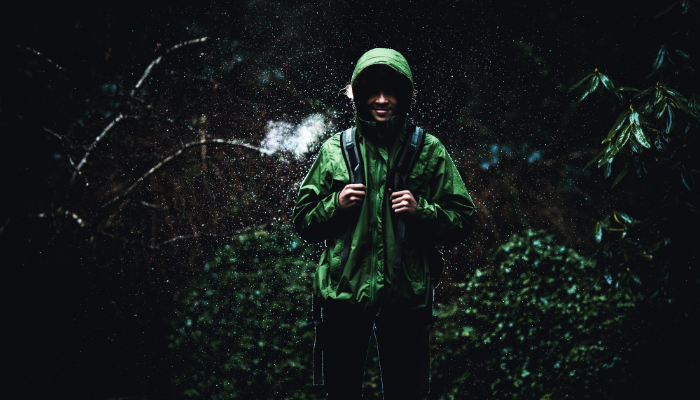Choosing the right school bag for your child isn’t just about picking their favorite color or cartoon character. A well-designed backpack can impact their comfort, posture, and even safety during the school year. With heavy textbooks, lunch boxes, and gadgets to carry, here are the non-negotiable features every kid’s school bag should have.
1. Ergonomic Design & Padded Straps
Kids often carry loads heavier than recommended (experts suggest no more than 10–15% of their body weight). A bag with an ergonomic design helps distribute weight evenly to prevent back and shoulder strain. Look for:
- Padded, Adjustable Shoulder Straps: Reduce pressure and allow customization as your child grows.
- Contoured Back Padding: Improves airflow and supports spinal alignment.
- Chest or Waist Strap: Adds stability for active kids who walk or bike to school.
Pro Tip: Brands like JanSport and Skip Hop prioritize ergonomic features in their kids’ collections.
2. Reflective Strips or Accents
Safety first! Reflective details make your child visible to drivers during early mornings, late afternoons, or rainy days. Even if their jacket lacks reflectors, a backpack with glowing stripes or patches ensures they’re seen in low-light conditions.
Example: The LL Bean Original Book Pack includes reflective logos and piping for 360° visibility.
3. Multiple Compartments & Organization
A cluttered bag leads to lost homework and squashed snacks. Prioritize:
- Dedicated Laptop/Tablet Sleeve: Protects devices from bumps.
- Front Pockets: For quick access to water bottles, keys, or permission slips.
- Internal Dividers: Keep books, folders, and lunchboxes separate.
Bonus: Look for a side mesh pocket for umbrellas or reusable water bottles.
4. Lightweight & Durable Material
School bags endure daily wear and tear—think scrapes, spills, and weather. Opt for:
- Water-Resistant Fabric: Protects contents from rain or juice-box leaks.
- Reinforced Stitching: Prevents seams from splitting under heavy loads.
- Easy-to-Clean Surfaces: Because kids will spill markers or mud.
Brand Alert: Pottery Barn Kids backpacks use heavy-duty nylon and wipeable linings.
5. Size Matters: Age-Appropriate Fit
A bag that’s too big or small strains posture or fails to hold essentials. Follow these guidelines:
- Toddlers/Preschoolers: Compact bags (10–12 inches) for snacks and small toys.
- Elementary Kids: 14–17 inches to fit folders, books, and lunch.
- Teens: 17+ inches with laptop sleeves for tech-heavy loads.
Avoid oversized bags—they tempt kids (and teachers!) to overpack.
6. Fun & Functional Design
Kids want to express themselves! Balance style with practicality:
- Personalization: Monogramming or themed prints (dinosaurs, space, florals).
- Easy Zippers: Large, smooth-gliding pulls for little hands.
- Key Clips or ID Tags: For house keys or emergency contact info.
Parent Hack: Let your child pick from 2–3 parent-approved options—it builds excitement and ownership!
7. Sustainability Factor
Eco-conscious families should look for:
- Recycled Materials: Brands like Fjällräven use recycled polyester.
- Ethical Production: Certifications like Fair Trade or OEKO-TEX®.
- Longevity: A timeless design that lasts multiple school years.
What to Avoid
- Single-Shoulder Bags: Messengers or sling bags strain one side of the body.
- Poor Weight Distribution: Bottom-heavy bags pull shoulders backward.
- Cheap Zippers/Closures: They break mid-semester!
Final Checklist Before Buying
- Test the fit: The bag should sit 2 inches below the shoulders and rest on the lower back.
- Check for a warranty (many brands offer lifetime repairs).
- Involve your child in a “trial pack” with their typical school items.
conclusion
A kid’s school bag is more than a carrier—it’s a daily companion that impacts their health, safety, and confidence. By prioritizing ergonomics, visibility, and smart organization, you’ll set them up for a comfortable, clutter-free school year. Ready to shop? Keep this guide handy, and remember: the best backpack grows with your child, both in style and function.



